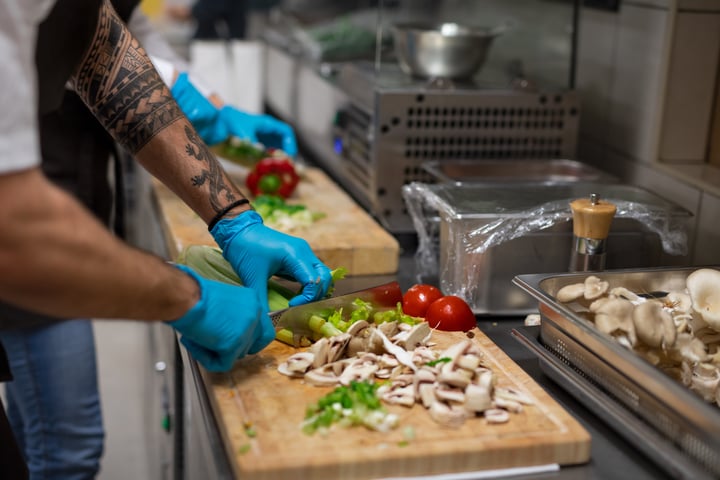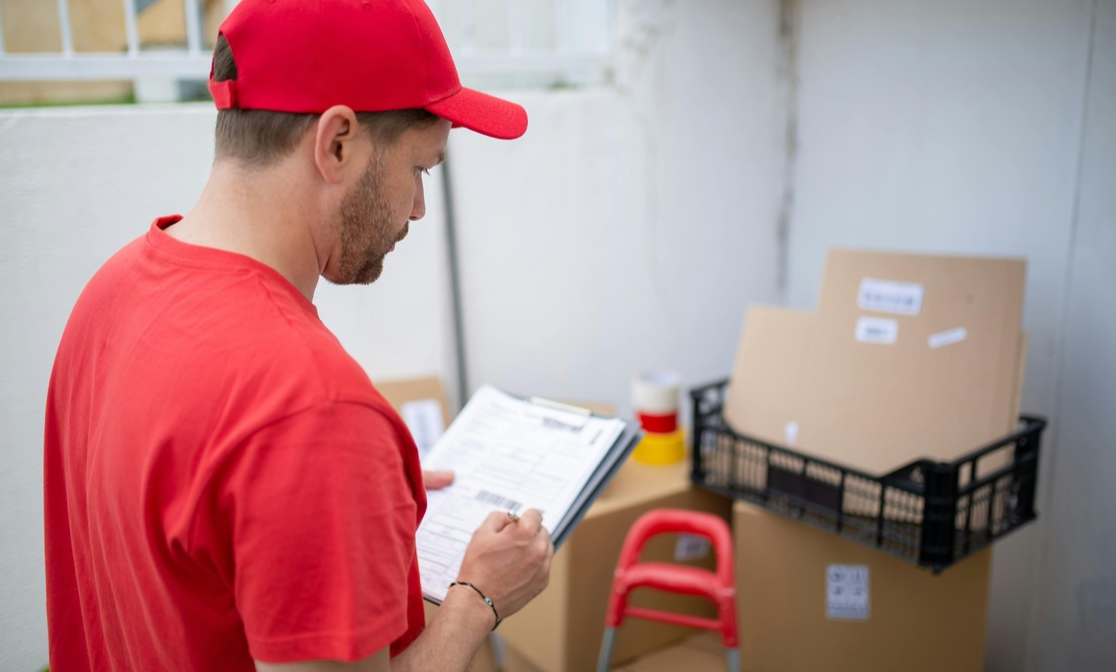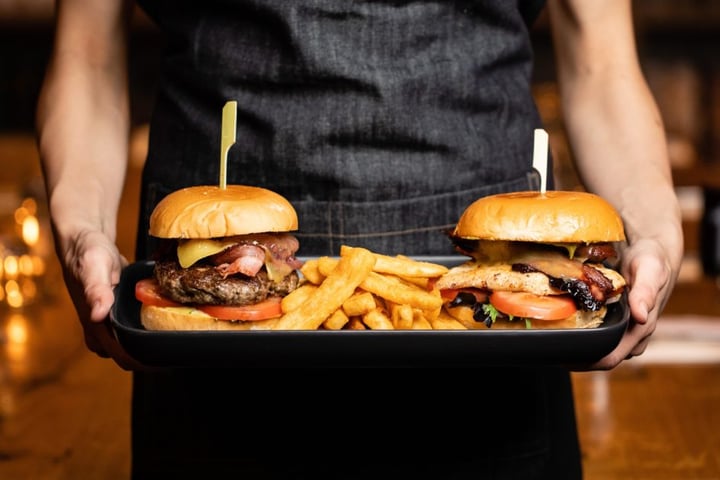
- Home
- Crunchtime Blog
- 3 Subtle Missteps that Sabotage Your Restaurant’s Inventory Accuracy

3 Subtle Missteps that Sabotage Your Restaurant’s Inventory Accuracy
Are these 3 issues undermining your restaurant's inventory accuracy?
From deliveries and data entry to transfers and reporting, inventory management in restaurants is full of moving parts. It’s no surprise that even small missteps can quietly create big problems. Worse, these errors often go unnoticed until the numbers don’t add up, food costs spike, or reporting becomes unreliable. Let’s look at three subtle but surprisingly common missteps that can throw your restaurant’s inventory accuracy off course and how to fix them before they impact your bottom line.
Inventory Misstep #1: When a delivery arrives without an invoice
The good news? Your shipment has arrived! The bad news? Your vendor forgot to include an.png?width=300&height=300&name=202308-CT-No-Receipt-No-Problem%20(1).png) invoice. This may not seem like a big deal in the moment, after all, the food’s here, right? But skipping or delaying the invoice step can quietly derail your entire procurement and inventory workflow.
invoice. This may not seem like a big deal in the moment, after all, the food’s here, right? But skipping or delaying the invoice step can quietly derail your entire procurement and inventory workflow.
Typically, the invoice is used to:
- Confirm receipt of goods
- Reconcile against the original purchase order
- Trigger inventory posting and payment approval
When the invoice is missing, you risk:
- Delays or blocks to posting inventory
- Errors in financial reporting when moving an order from one posting period to another
- Confusion when transferring goods between locations
The Fix: Save your accounting team from countless headaches by using an inventory management system that allows you to update your stock levels with or without the invoice. Orders with a missing invoice are automatically flagged until the invoice is submitted. Ideally, your system should allow you to upload photos of paper invoices or accept digital ones directly from vendors, so nothing falls through the cracks.
Inventory Misstep #2: Manually entering invoice data
Typing invoice line items into your system might seem like the standard process, but it's also one of the most error-prone steps in the entire inventory workflow. 
Manual entry increases the chance of:
- Data entry errors (missed items, wrong quantities, incorrect prices)
- Inconsistent formatting
- Delays in updating inventory levels
Even small typos can cause big discrepancies down the line, especially when multiple invoices are being entered under time pressure or by different team members.
The Fix: Automate invoice capture and data entry wherever possible. Modern inventory platforms offer mobile apps that scan paper invoices, import digital versions directly from vendors, and auto-populate line items, reducing manual errors and freeing up your team to focus on operations, not paperwork.
Inventory Misstep #3: Failing to track transfers between locations
If you’re running a multi-unit operation or share product between kitchens, untracked transfers can quietly wreak havoc on your inventory accuracy. It’s easy to move a case of chicken from one store to another without documenting it, but if it’s not logged, both locations’ inventory numbers will be off. This can lead to: Shrinkage that isn’t really shrinkage, Over-ordering at one location, under-ordering at another, Inaccurate cost of goods sold (COGS) reports
The Fix: Standardize the transfer process across locations and require all transfers to be logged through your inventory platform. Include fields for sender, receiver, product details, and approval steps to keep records clean and auditable. Transfer reports should be available by day and by location for supervisors to review and monitor. You should also be able to restrict the transfer of specific items as needed. Once your inventory transfers are under control, you can reduce errors and confusion for your teams both in the store and at the corporate level.
Streamlining Your Restaurant’s Inventory Workflow
These inventory missteps might seem small in the moment, but they can snowball quickly, especially in high-volume or multi-unit operations. By identifying and addressing subtle breakdowns in your process, you set your restaurant up for tighter control, more accurate reporting, and healthier margins. Want help streamlining your restaurant’s inventory workflow?
Ready to learn more?
Let’s get in touch to talk about tools and systems that reduce errors and boost accuracy for restaurants.
Share this post
Related


Don't Let Food Costs Decrease Your Restaurant's Profit Margin



